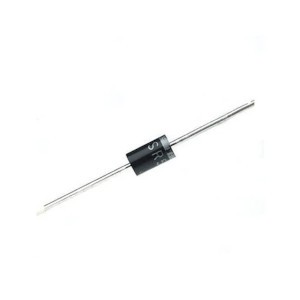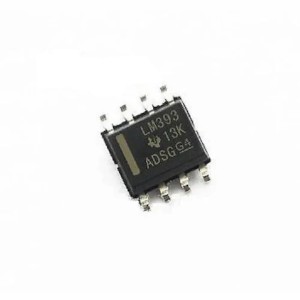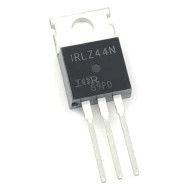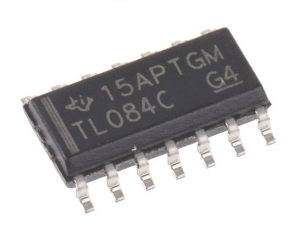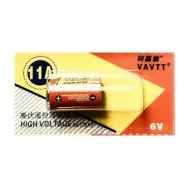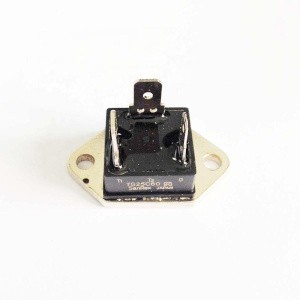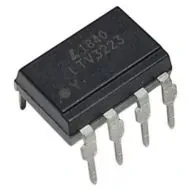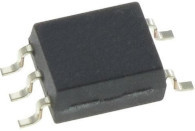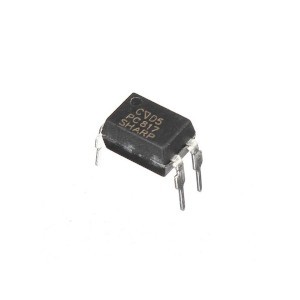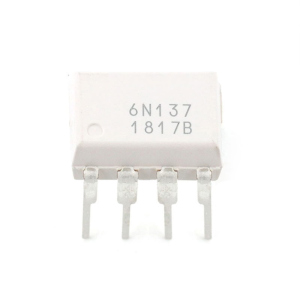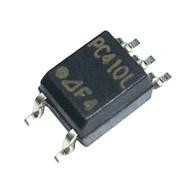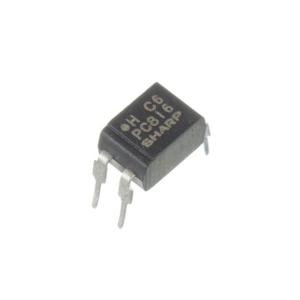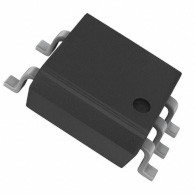

TLP155E Optocoupler
Inhouse product
-
৳320.00
Reviews & Ratings
The TLP155E is an optocoupler (also known as an optoisolator), specifically designed for signal transmission with electrical isolation between its input and output, typically used in various control systems, communications, and protection circuits. The optocoupler is a key component that ensures electrical isolation while transmitting data or signals, which is crucial for protecting sensitive circuits from voltage spikes or other electrical disturbances.
Key Features:
- Phototransistor Output: The TLP155E features a phototransistor output, which means it uses a light-emitting diode (LED) on the input side and a phototransistor on the output side to transmit signals optically.
- High Isolation Voltage: It provides optical isolation between the input and output, with typical isolation voltage around 5 kV. This high isolation helps protect the low-voltage control side of a circuit from high-voltage spikes or surges.
- Wide Operating Voltage: The device operates typically at a supply voltage of 4.5V to 5.5V for the LED side (input side) and has an output transistor that can work with voltages up to 50V.
- Fast Switching Time: The TLP155E offers relatively fast switching characteristics (response time in the range of microseconds), which makes it suitable for high-speed signal transmission.
- Compact Package: The TLP155E comes in a 4-pin DIP or SO-4 package, making it easy to integrate into space-constrained designs.
- Low Power Consumption: The LED side typically consumes low power, making it suitable for low-power applications.
Pinout:
The TLP155E typically comes in a 4-pin DIP (Dual In-line Package) or SO-4 (Small Outline) package. Here’s a typical pin configuration for the 4-pin package:
- Anode (Pin 1): The anode of the input LED.
- Cathode (Pin 2): The cathode of the input LED.
- Collector (Pin 3): The collector of the output phototransistor.
- Emitter (Pin 4): The emitter of the output phototransistor.
Electrical Characteristics:
- Input Forward Voltage (V_F): Typically 1.2V (max 1.4V) at 10mA input current.
- Output Saturation Voltage (V_CE(sat)): Typically 0.4V at 10mA.
- Transfer Ratio: The device typically has a transfer ratio (current transfer ratio, or CTR) of around 50% to 200% depending on the operating conditions.
Applications:
- Microcontroller Interfacing: Used to interface low-voltage systems (like microcontrollers) to high-voltage systems, providing isolation between the two.
- Switching Power Supplies: Often used in power supply designs to provide feedback from the output back to the control side without direct electrical connection.
- Signal Isolation: Common in industrial control systems for isolating control signals or communication between subsystems with different voltage levels.
- Data Communication: Can be used for isolating communication signals in data transmission systems.
Typical Circuit Design:
The input side of the TLP155E is driven by a current-limiting resistor in series with the LED, and the output side is typically connected in a common-emitter configuration with a load resistor at the collector.
Example:
If you're using the TLP155E to isolate a microcontroller output to a high-voltage system:
- A current-limiting resistor (e.g., 330Ω) will be placed in series with the LED input, and the microcontroller’s output pin will drive the LED.
- The phototransistor side will be connected in a switching configuration with the emitter to ground and the collector to the load or circuit to be controlled, with the appropriate supply voltage.
Frequently Bought Products
SFH6315T Optocoupler
LTV3223 Optocoupler
TLP2355 Photocoupler
PC817 Optocoupler
PC410L OptoCoupler
PC816 Optocoupler
Product Queries (0)
Login Or Registerto submit your questions to seller
Other Questions
No none asked to seller yet
-
৳320.00
